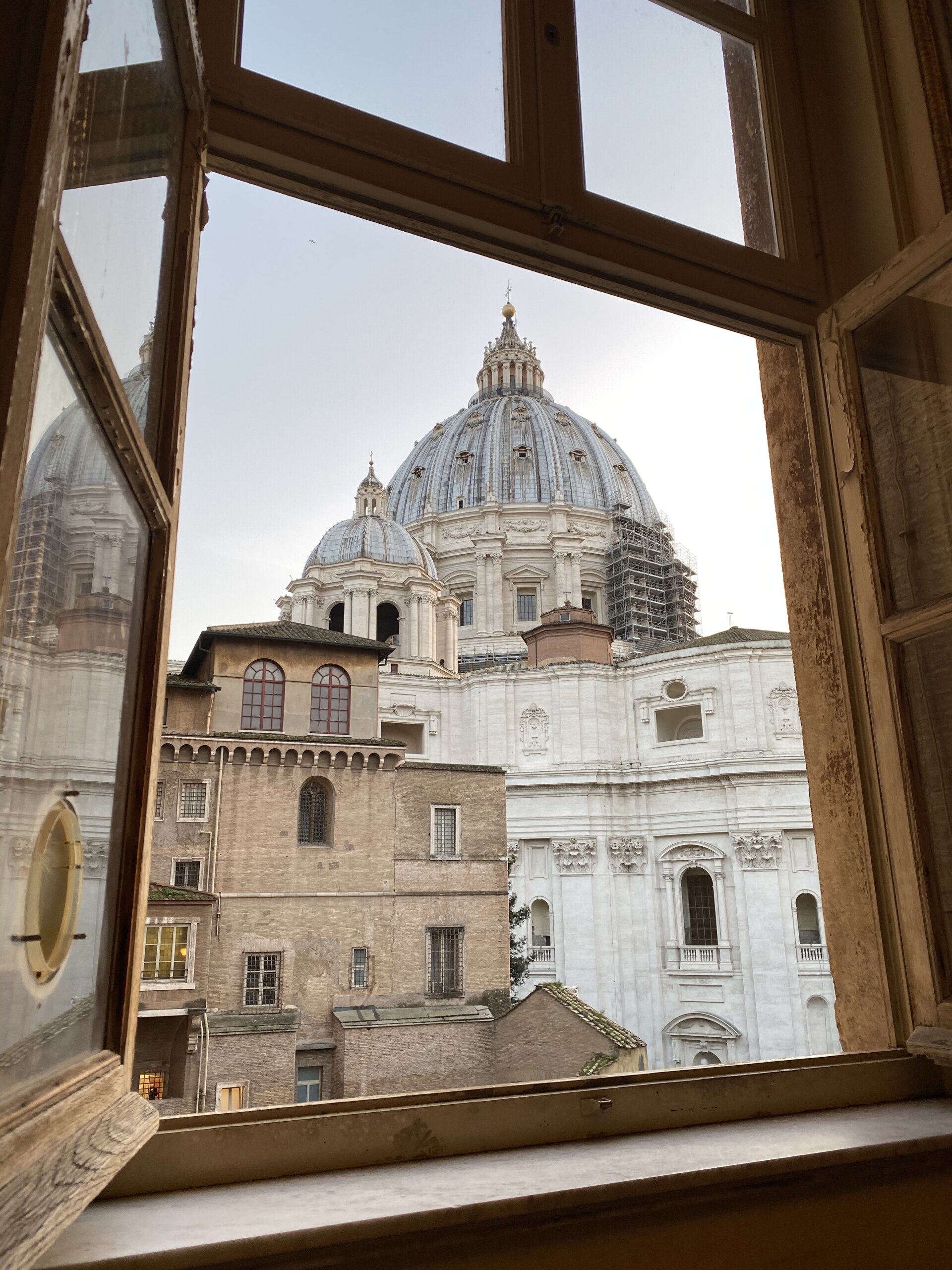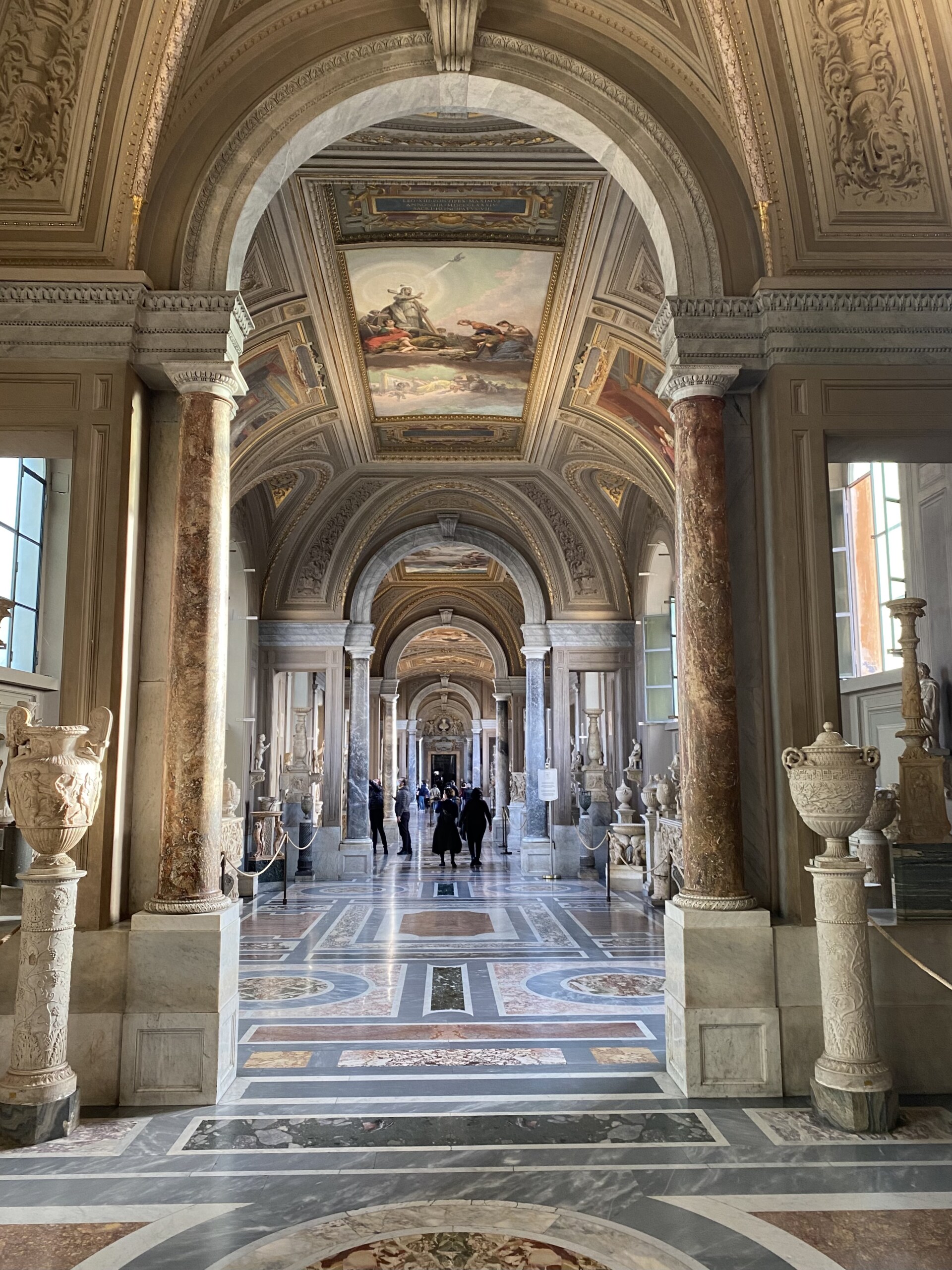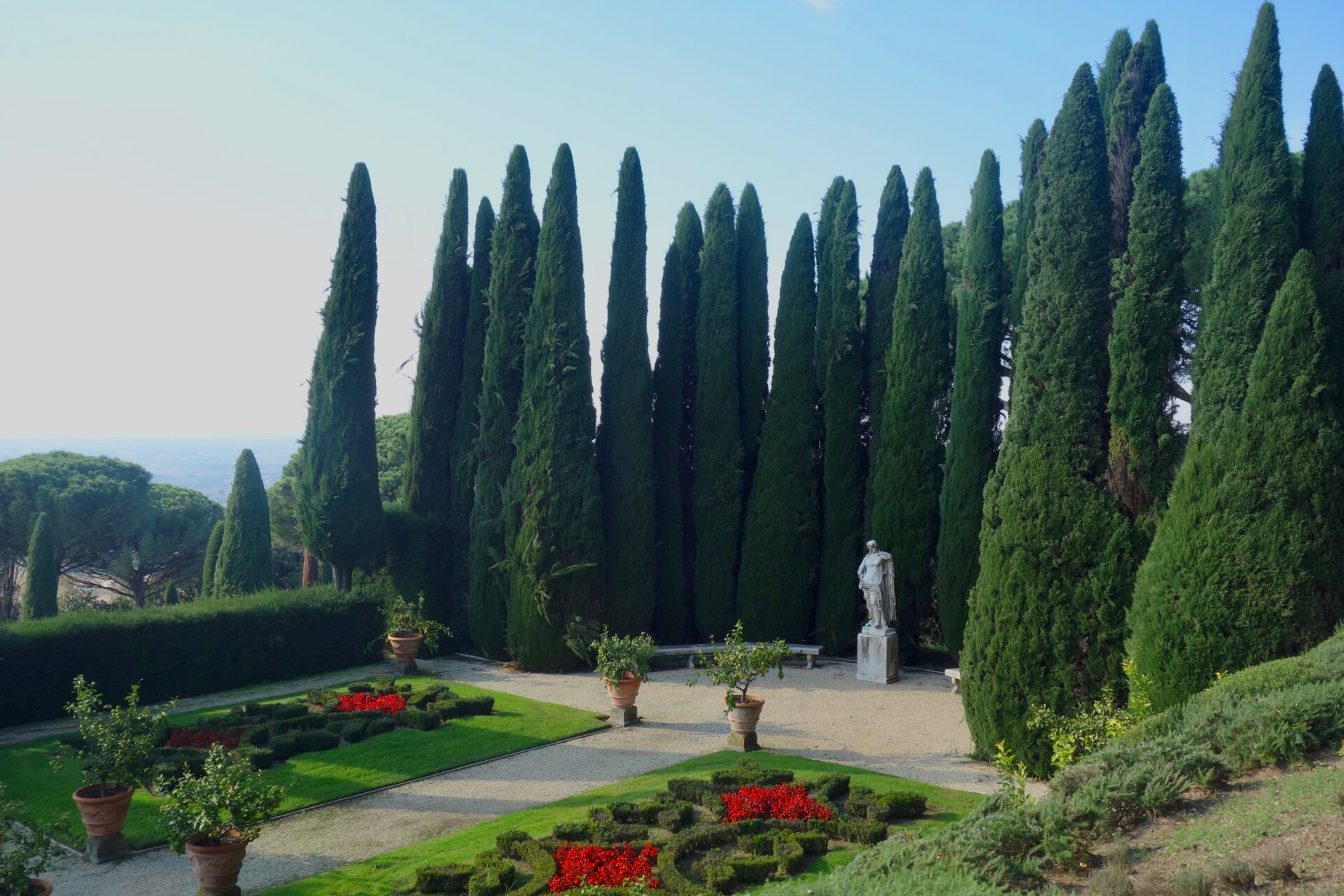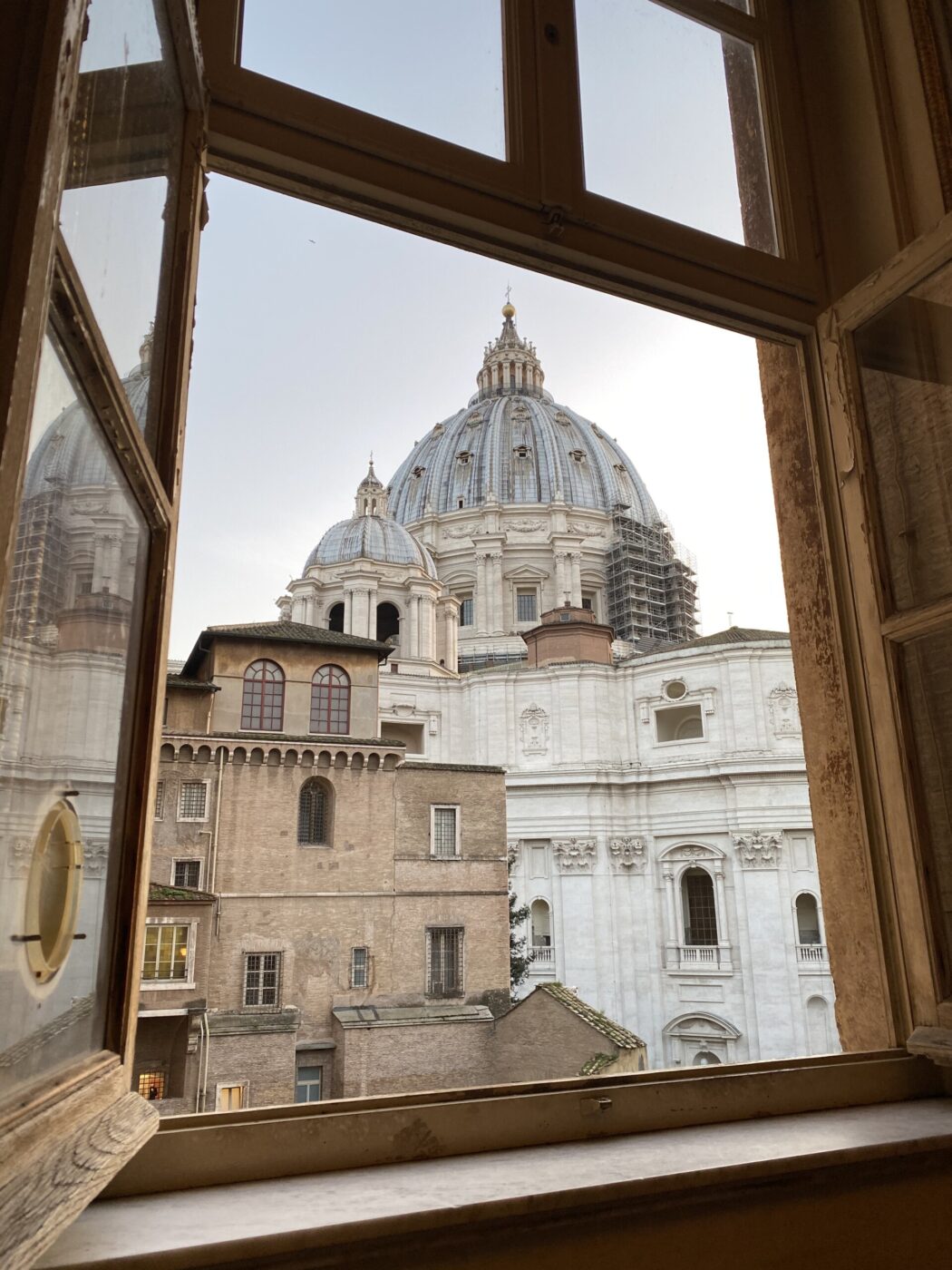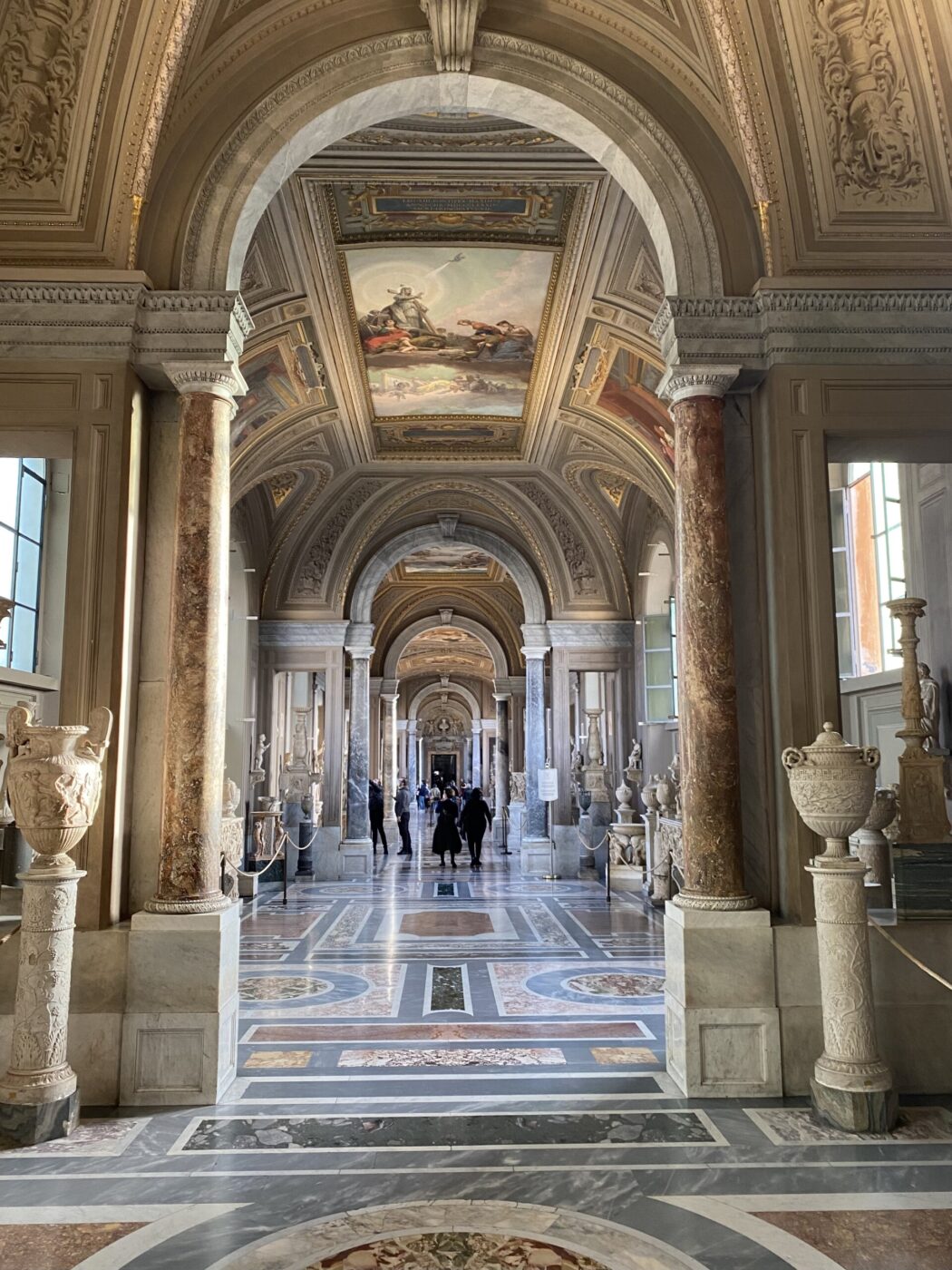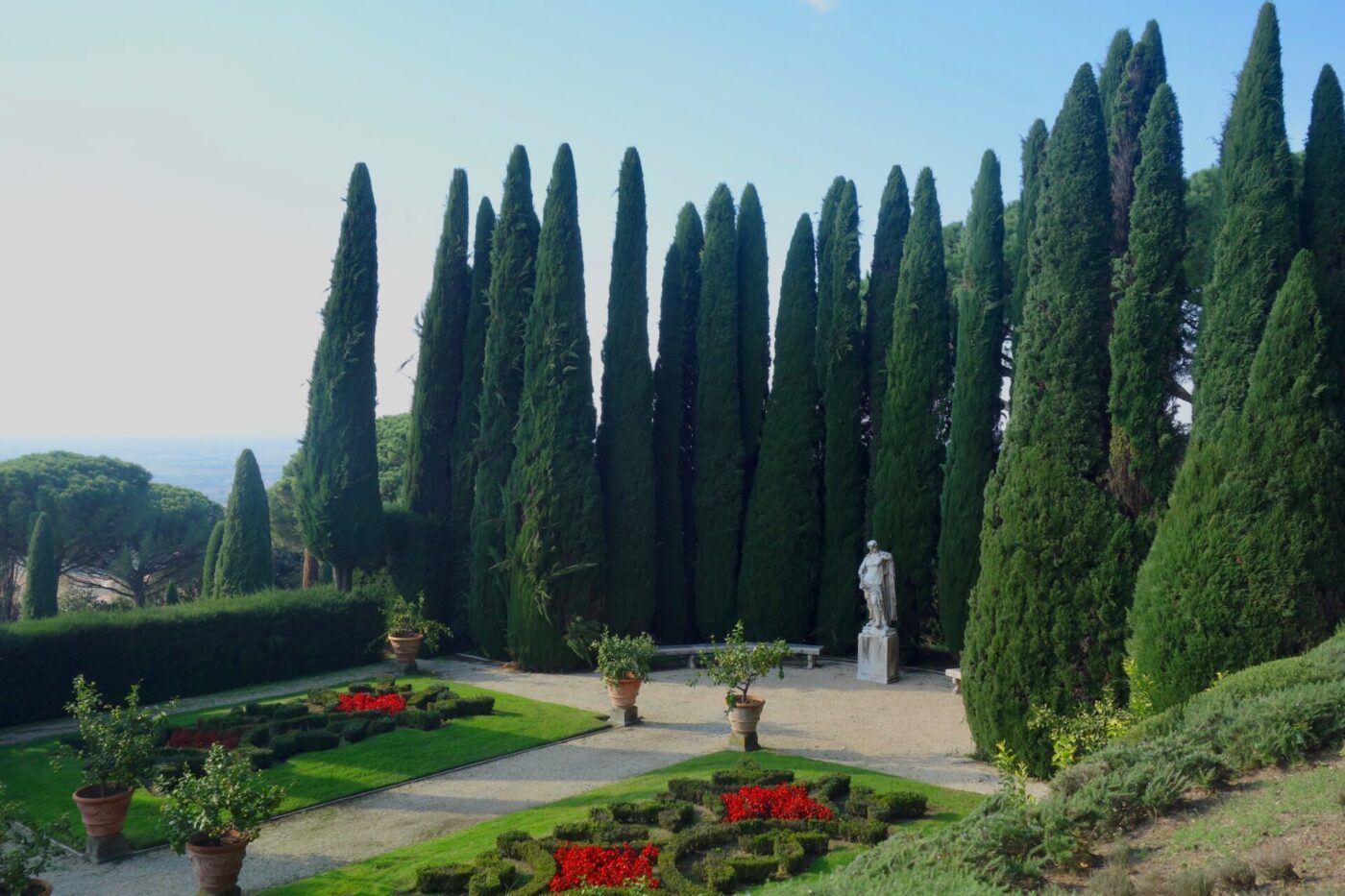Although history runs deep and change tends to move slowly, Vatican City is keeping pace with the times in one unexpected way: ecology. The smallest country in the world, home to the Catholic Church’s central governing body, is quietly emerging as a leader in sustainability. Beneath Michelangelo’s dome and across the city’s gardens, a green transformation is underway, one that speaks not only to the Vatican’s future, but to a broader shift in how spiritual institutions are confronting the climate crisis.
That shift came into focus in 2015, when Pope Francis—who passed in April of this year—published Laudato Si’, the first papal encyclical ever devoted to the environment. Rooted in Catholic teaching, it addresses climate change, biodiversity loss, pollution, and consumerism—but its reach extends far beyond the Church. UN Secretary-General Ban Ki-moon called it a “moral voice,” while writer Pankaj Mishra called it “arguably the most important piece of intellectual criticism in our time.”
Its message is both poetic and political, calling for an “ecological conversion” that anchored environmental stewardship in spiritual reflection. “We are faced not with two separate crises, one environmental and the other social,” the Pope wrote, “but rather with one complex crisis which is both social and environmental.” He urged readers to recognize the sacred in all creation: “There is a mystical meaning to be found in a leaf, in a mountain trail, in a dewdrop.”
Many credit Laudato Si’ with helping to shape global consensus ahead of the 2015 Paris Climate Agreement, and, in the years following, Pope Francis continued to emphasize the urgency of international cooperation, championing efforts like the UN’s Conference of Parties (COP). In a message to COP28 in Dubai, he reminded the world: “The task to which we are called today is not about yesterday but about tomorrow—a tomorrow that, whether we like it or not, will belong to everyone or else to no one.”
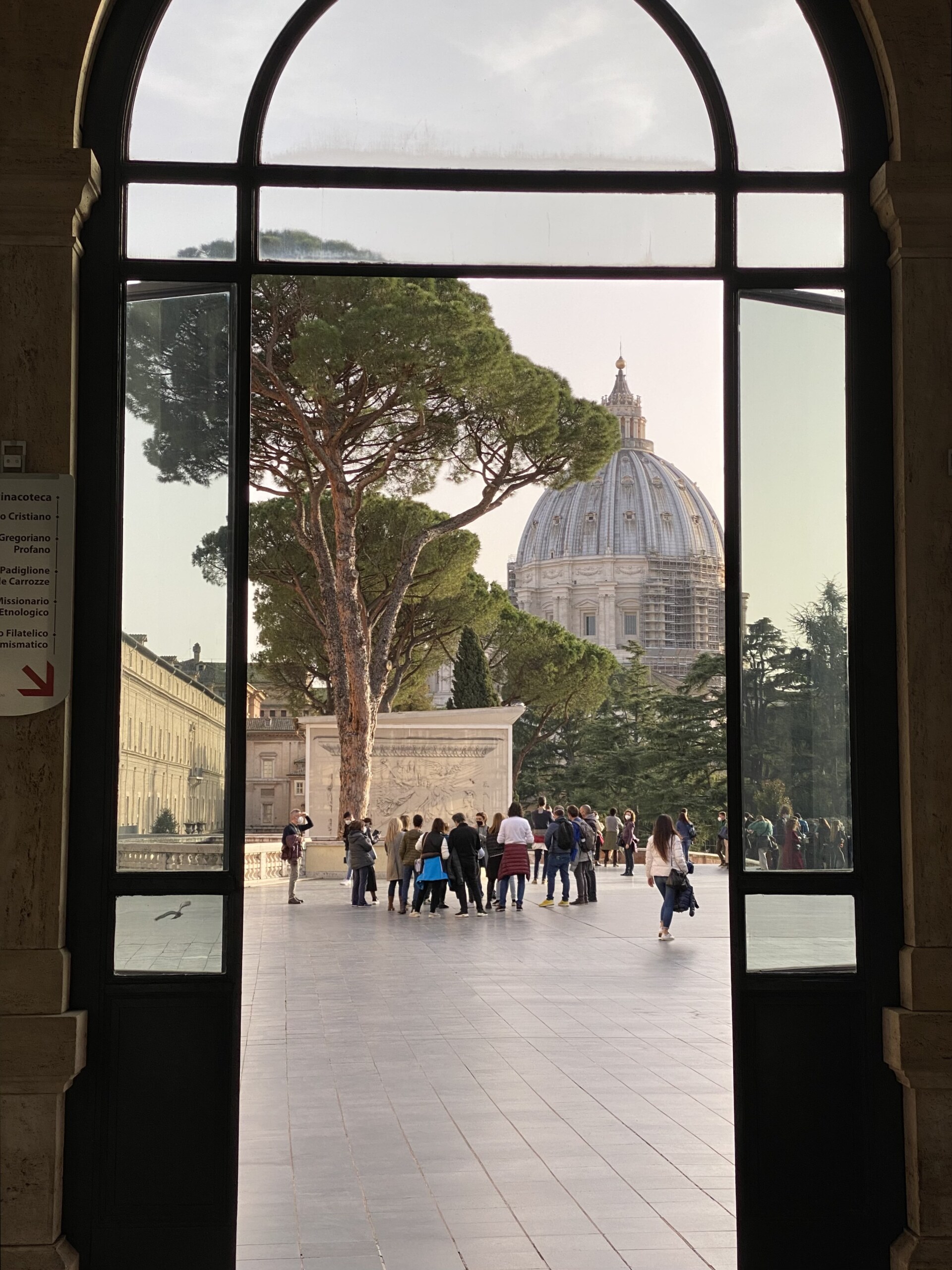
In Vatican City, the principles of Laudato Si’ are being put to practice. The Holy See has pledged to cut its greenhouse gas emissions by 20% from 2011 levels by 2030 and to reach net-zero emissions by 2050—the latter in line with broader European ambition. While not yet fully powered by renewables, the Vatican has steadily expanded its solar infrastructure since 2008: over 2,394 photovoltaic panels—many atop the Paul VI Audience Hall—already generate around 300 MWh of electricity annually. In 2024, the Vatican announced a new solar plant to be built on Church-owned land outside Rome, positioning the city-state to become the eighth country in the world to run entirely on renewable electricity. The project will also include agricultural activity, creating an “agrivoltaic” site that combines solar energy production with farming. In terms of waste, the Vatican is working to increase its recycling rate from 65% to 75%, surpassing the EU average of around 49% (Eurostat, 2022).
Meanwhile, the hum of electric engines is steadily replacing the roar of combustion: in early 2024, Volkswagen delivered nearly 40 electric vehicles to the Vatican fleet, with 14 more added in April 2025—including units for the Gendarmerie and fire department. Charging infrastructure is now being rolled out across Vatican properties as part of its goal of full fleet electrification by 2030.
Saint Peter’s Basilica itself has taken on the goal of becoming zero-emission by the end of the Jubilee, when 30 million pilgrims are expected to visit Rome.
To guide efforts like these, the Vatican has collaborated with the World Resources Institute (WRI), becoming part of “Science Based Targets for Faith,” a framework that helps religious institutions adopt the same rigorous climate goals used by major corporations and governments. Alberto Pallecchi, Engagement and Partnerships Lead at WRI, describes it as a model that bridges faith and environmental science—a convergence that holds immense, often overlooked, potential for climate action. As Alberto explains, it’s a model that challenges the perceived divide between belief and data, suggesting instead that the moral clarity of faith can strengthen the accountability of science—and vice versa.
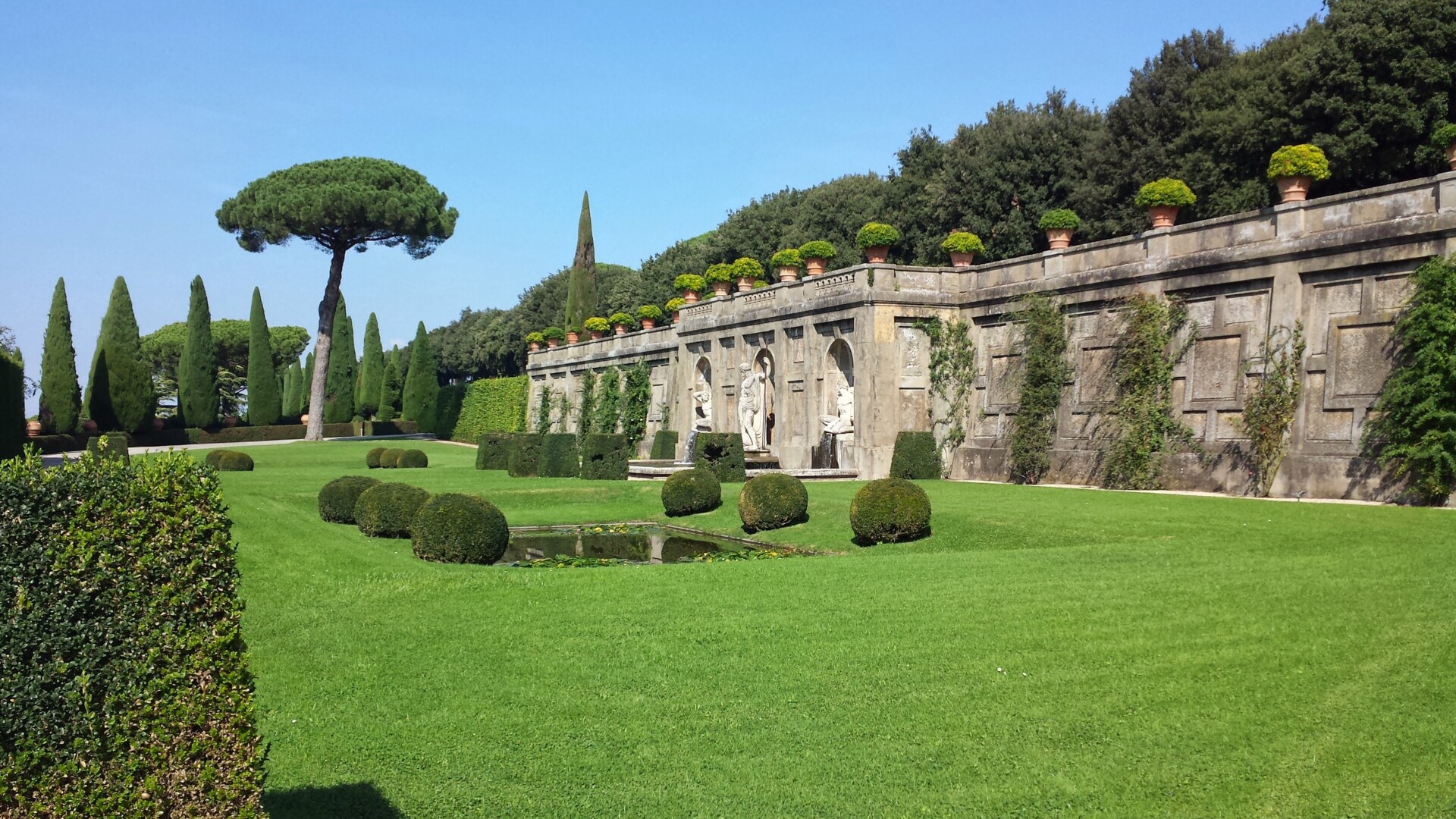
Mirrors Garden at Castel Gandolfo, the Pope's traditional summer residence
To achieve the basilica’s goals, Alberto emphasizes starting small. For example, the Vatican has introduced low-energy lighting systems; over 100,000 LED lights have replaced older fixtures, cutting energy consumption by up to 90% while protecting delicate frescoes from heat exposure.
Vatican committees and the WRI are also exploring ways to track and reduce the broader carbon impact of pilgrimage to the Eternal City. While no formal system is yet in place, proposals include digital tracking tools, carbon offset programs, and sustainable travel initiatives. It’s a shift toward holistic stewardship—one that reimagines spiritual journeys in ecological terms and positions the Vatican as a catalyst for climate action far beyond Rome.
This ethos of ecological conversion is also taking root beyond the city walls, in the Papal Gardens of Castel Gandolfo, the Pope’s traditional summer residence. There, the Borgo Laudato Si’ Project brings the encyclical’s standards to life across 35 hectares of gardens, home to over 4,000 plants from more than 300 species. Composting, soil renewal, rainwater harvesting, and solar-powered tools are just a few of the everyday practices here—bolstered by workshops and tours that turn sustainability into a shared learning experience.
Alberto hopes the Vatican can inspire other faith-based institutions to follow suit—letting climate responsibility ripple outward, from the heart of Rome to sanctuaries around the world.
With these efforts, Vatican City is showing that sustainability and tradition aren’t at odds—they can thrive side by side. And as millions gather under the Basilica’s dome this Jubilee, perhaps the most powerful message isn’t just one of faith, but of shared responsibility.
Practice what you preach? Here, they just might be.
